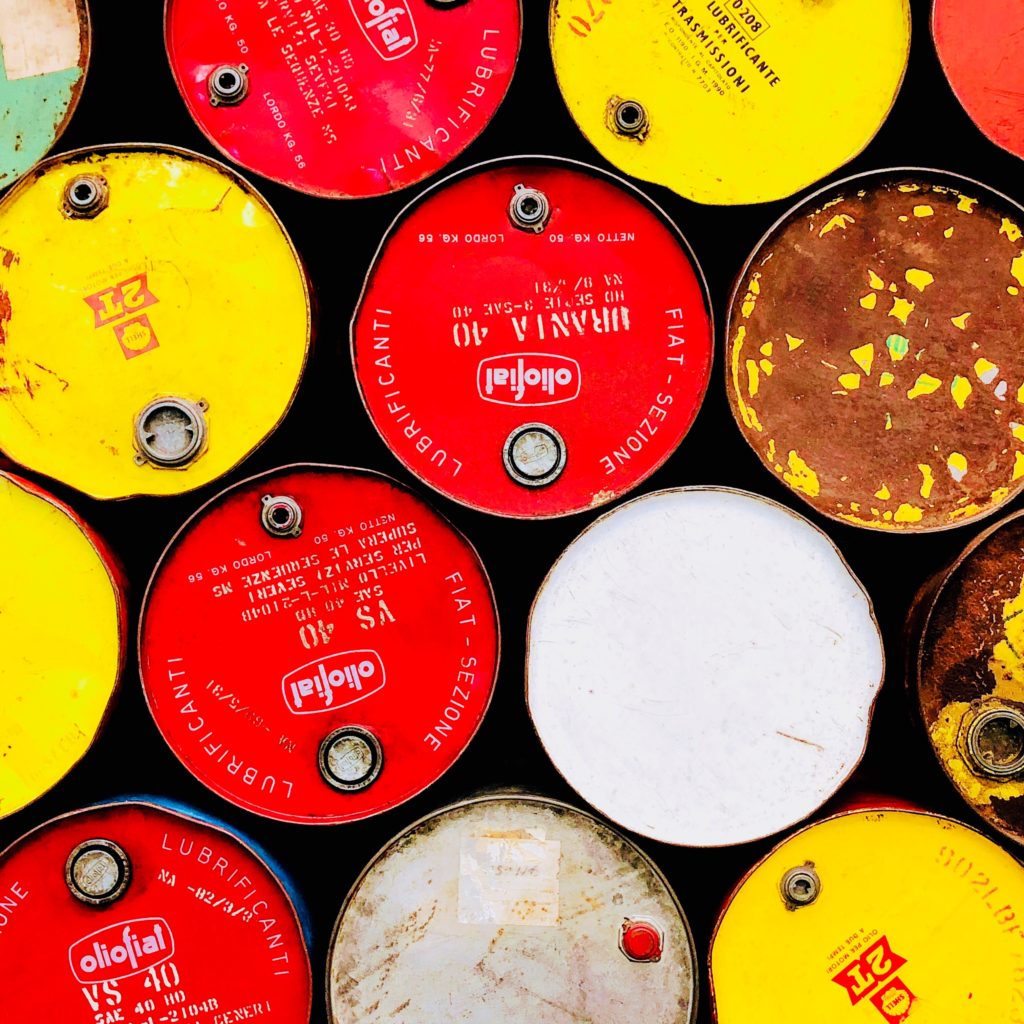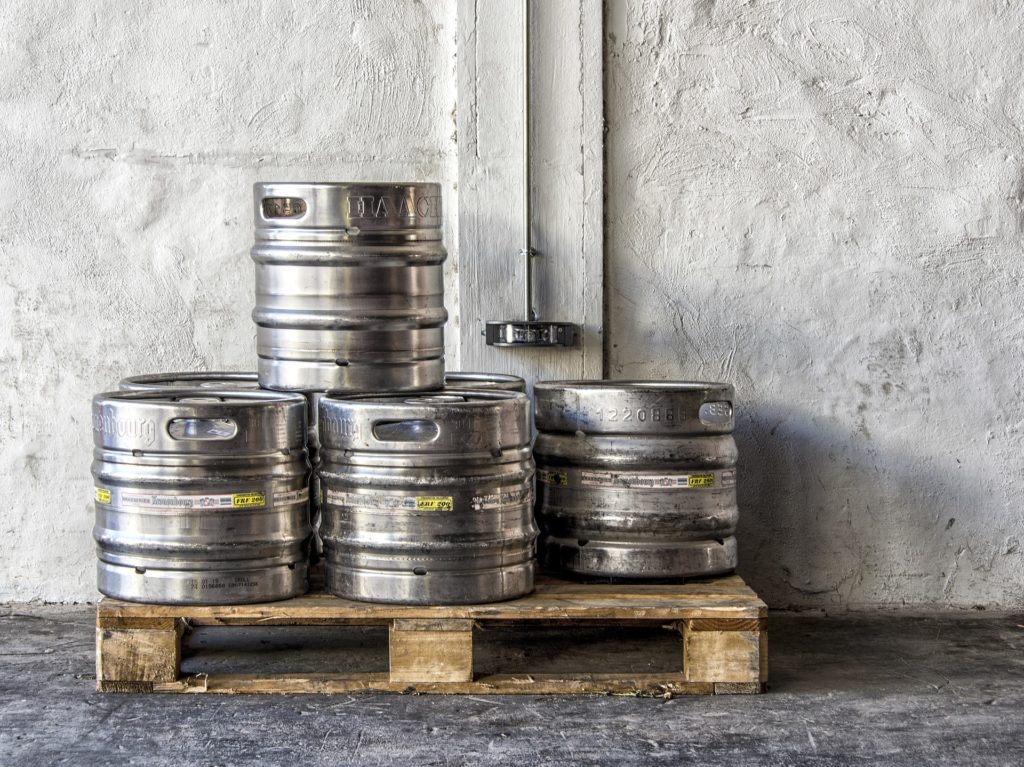
Drums used for storing various industrial products including fuel, water, liquid solvents need to maintain a particular temperature to make their content useful. For instance, if you are storing drinking water, then you need it in room temperature or slightly warm to make it drinkable. The same goes for other uses of the liquid or products you might be storing in your drums. In other cases, the drum serves as temporary storage in factories. You expect the drum to hold the content within the same temperature range of the inlet line and provide a smooth flow. Perhaps the biggest need for heated drums comes when the content may change if the temperature drops or rises too much. The following are tips for handling temperature control issues for drums.

Power Blanket
Drum heaters are important for keeping contents warm. They wrap around the drum and then heat conventionally. The surface of the drum gets hot, and it heats the contents inside. Conventional drum heaters will wrap around the middle of the drum. Therefore, they let a lot of the heat generated to dissipate to the atmosphere.
Furthermore, they do not cover the whole drum, and the uncovered parts let heat escape. The PowerBlanket solves the problem of heat loss. It covers the entire drum and keeps it insulated against the external temperature condition. The contents of the train maintain the heat level needed.
Heat Then Keep Warm
Instead of heating the drums continuously, you can use a barrel heater. You can maintain the temperature using a barrel heater because it has a system of heating. This approach ensures you save time and money in the long-run. Make sure though that your drum heaters have a means of regulating the temperature.
Keep Drums in an Enclosure
You can also save on your heating costs by storing the drums in an enclosure. The open space will make it much difficult to regulate heat. Winds and the changing weather affect the control levels of heat. They keep your thermostats working too much. Meanwhile, indoor temperatures are easier to regulate. You are already controlling for winds, and you can have thick walls that also keep the heat contained inside the room. The indoors storage options are ideal when you have not so many drums to manage, and it might not be possible for a vast industrial complex. Nevertheless, you can have the most immediately needed drums in the room where the heating takes place so that you reduce the overall cost of power.
Buying the Right Sized Heater

You should measure your drums and buy the right sized heater and insulator to make sure you do not lose any heat. A heater that fits too tightly or is too small to cover the drum is unsuitable. A large one fits loosely and causes additional heat to escape. The right package should allow for decent adjustments without compromising on the capabilities of regulating the heat and ensuring the contents of the drum remain warm as needed.
